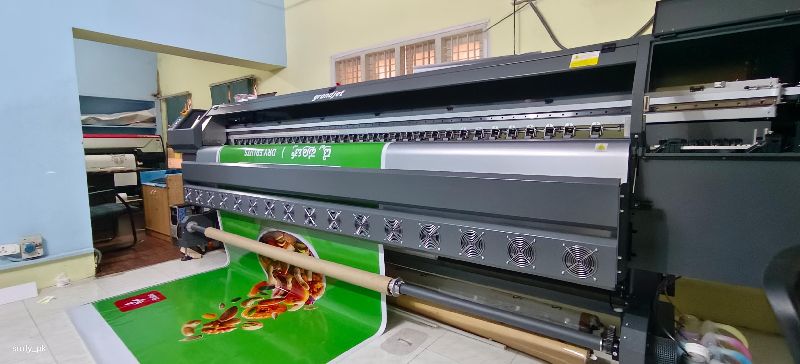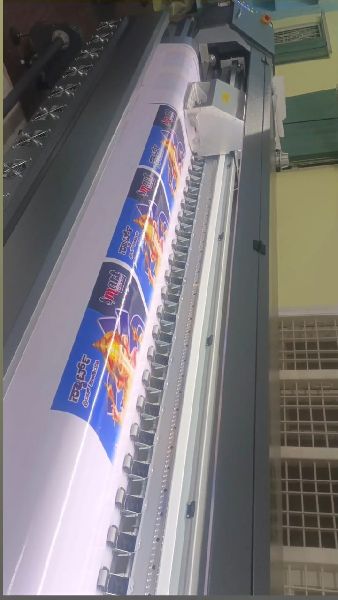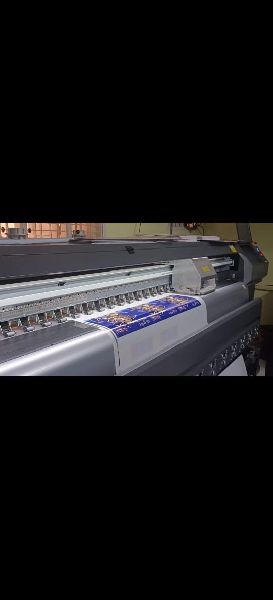Company Information
Ask for more detail from the seller
Contact SupplierDurability: Prints are resistant to fading and water, making them suitable for outdoor use. Flexibility: Can be used on a variety of surfaces, including non-porous ones. Vibrant Colors: Solvent inks often produce rich and vibrant colors Outdoor Signage: Solvent printing is popular for outdoor banners and signs due to its weather resistance. Vehicle Wraps: The durability and flexibility of solvent inks make them ideal for vehicle wraps. Posters and Graphics: High-quality prints for advertising and promotional materials. Textile Printing: Some solvent inks are used for printing on textiles, though this is less common compared to other methods like sublimation. Environmental Concerns: Solvents can be harmful to the environment and human health if not managed properly. Proper ventilation and handling are required. Drying Time: The drying process can be slower compared to other types of inks, potentially leading to longer production times.Solvent printing is a printing method that uses solvent-based inks. These inks are made from pigments or dyes suspended in a solvent that evaporates after printing, leaving the pigment or dye on the material. It's widely used for producing durable, high-quality prints, particularly on materials like vinyl, banners, and vehicle wraps. Here’s a bit more detail on how it works and its applications: Ink Composition: Solvent inks consist of pigments or dyes dissolved in a solvent. Common solvents include hydrocarbon, ester, or alcohol-based solutions. Printing Process: The ink is applied to the material using a printer, often an inkjet printer designed for solvent inks. The solvent evaporates, leaving the ink to adhere to the surface. Drying: Unlike water-based inks, which dry through evaporation and absorption, solvent inks dry primarily through the evaporation of the solvent, which can take longer but results in a more durable finish. .




